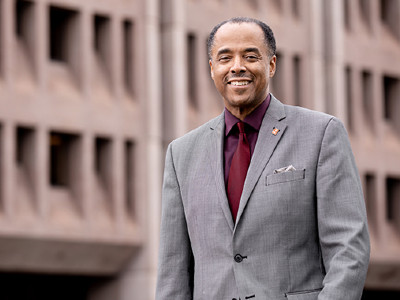DPS Earns Accreditation From International Association of Campus Law Enforcement Administrators
The Department of Public Safety (DPS) is thrilled to announce that it has achieved accreditation from the International Association of Campus Law Enforcement Administrators (IACLEA), the leading authority for campus public safety. Fewer than 100 agencies have earned this distinctive…


